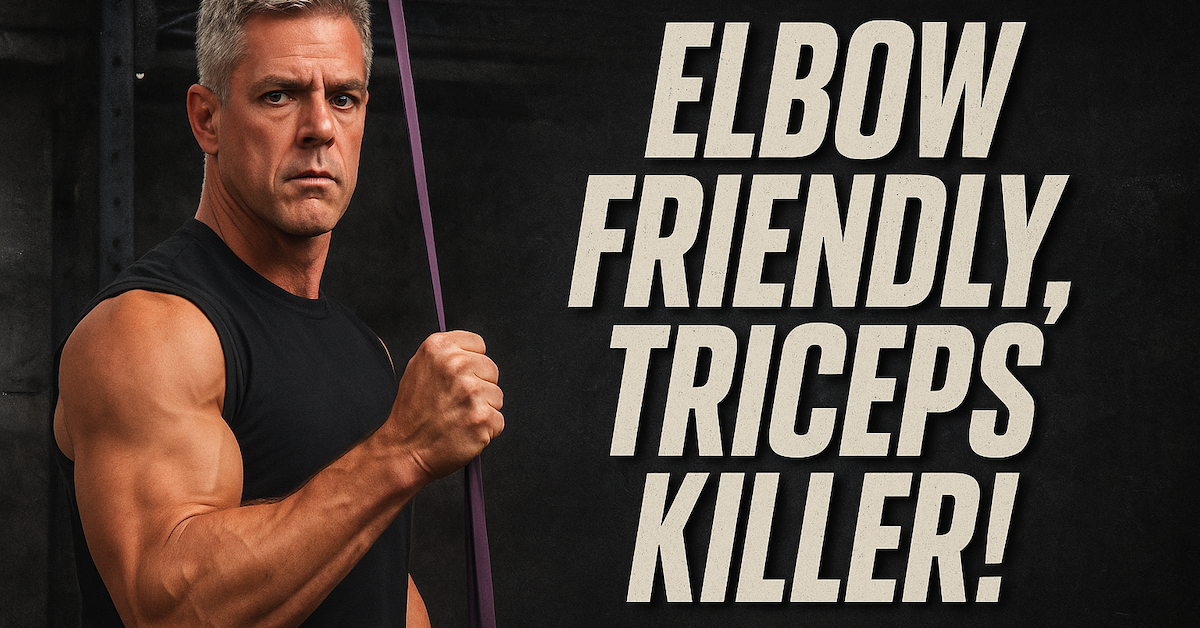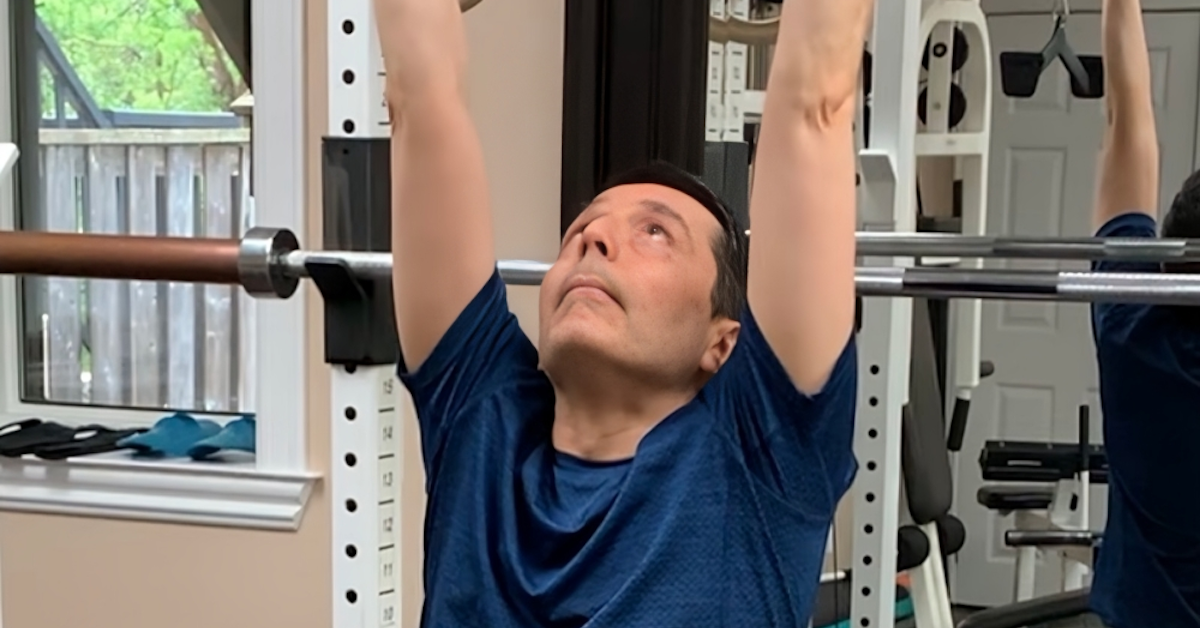If an exercise doesn’t work for you or a client, then change it! No one is forcing you to stick with it. There are many ways to achieve the same goal. Modify the exercise, and if that variation still doesn’t work, choose a completely different movement that accomplishes the objective.
Remember, if something doesn’t feel right, it usually isn’t. Instead of forcing two puzzle pieces together that don’t fit, find a better solution.
Take the bench press, for example. Years of heavy pressing can take a toll on the shoulders. Adjusting grip width, using lighter loads, or changing the bench angle can help—but sometimes, it’s still not enough. For some, switching to dumbbells instead of a barbell is the best solution. So be it!
The front squat is another classic example.
Some people struggle to stay upright during the movement. Stretching the calves and hip flexors thoroughly and using a slight heel lift can help, but for some, it’s not enough.
Others have difficulty racking the bar across the clavicles and maintaining that position throughout the set. This could be due to wrist or shoulder tightness, or simply because of larger arms. While stretching tight tissue and referring them for bodywork (e.g., massage therapy, active release technique) may help over time, the immediate solution is to find a better alternative. Switching to a back squat or even a deadlift might be a more practical choice.
In some cases, an individual’s posture may be the limiting factor. If a client has excessive kyphosis, no form of bilateral squatting should be performed until the issue is addressed. Instead, emphasize unilateral lower-body movements like split squats and step-ups.
Bottom Line
Use common sense. If an exercise doesn’t work, change it. There’s always an alternative.

Standing Band Pressdowns: The Joint-Friendly Triceps Builder
If you want bigger, stronger arms but struggle with elbow pain or can’t seem to get the right triceps activation

Target Your Rear Delts Like Never Before
If you’ve struggled to feel your rear delts working—or to fill in that rear delt gap—this variation of the bent-over

Leo’s Chin-Up Journey (Day 1): From Zero to Hero
Can’t Do a Chin-Up? Neither Could Leo… But That’s About to Change. Leo started training with me back in September.
follow
Error: No feed with the ID 2 found.
Please go to the Instagram Feed settings page to create a feed.
